The Independent's journalism is supported by our readers. When you purchase through links on our site, we may earn commission.
Move over hygge, it's time for gemütlichkeit: How to spend a winter weekend in Berlin
From cosy cafés to late-night parties, the German capital's got it all
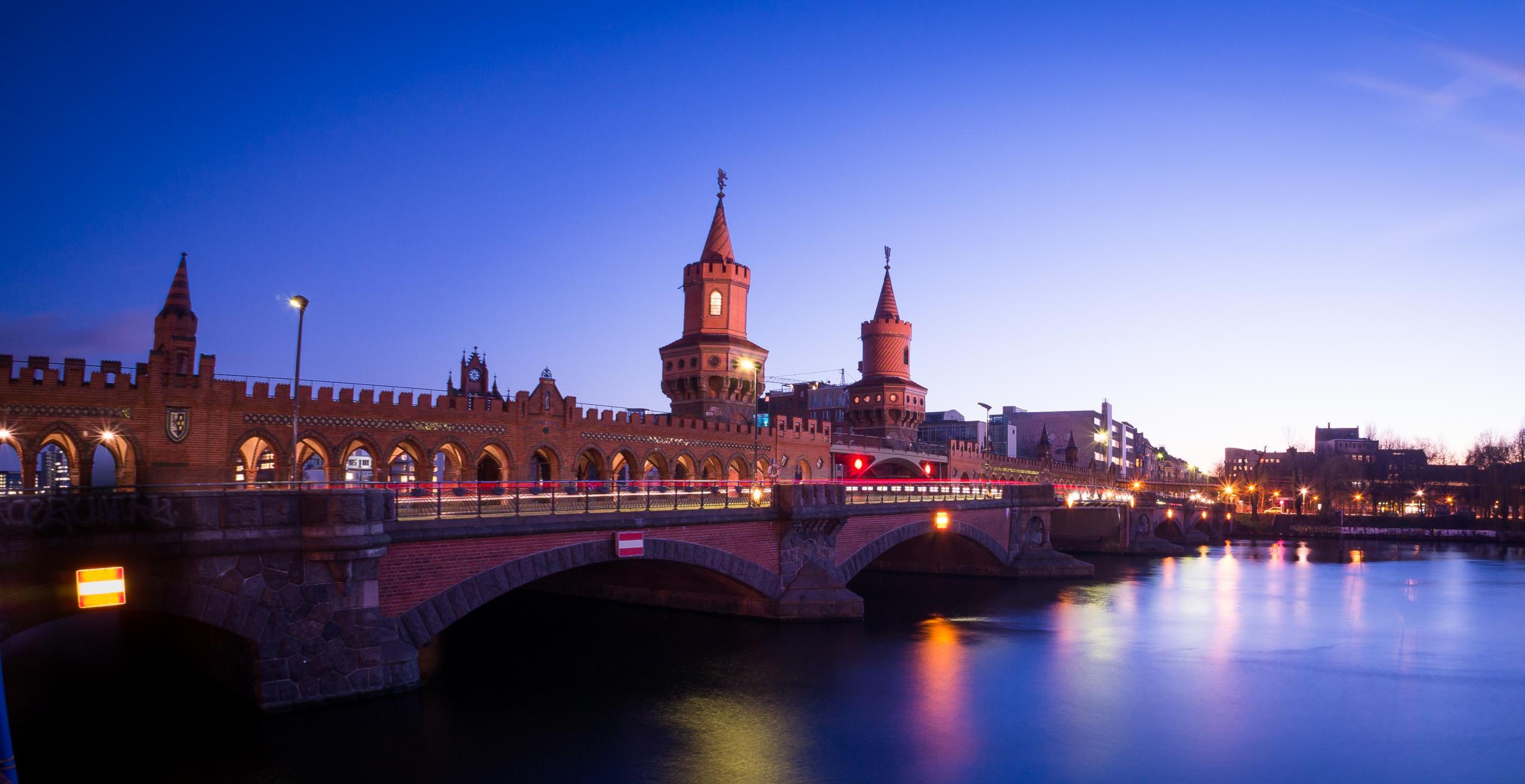
Your support helps us to tell the story
This election is still a dead heat, according to most polls. In a fight with such wafer-thin margins, we need reporters on the ground talking to the people Trump and Harris are courting. Your support allows us to keep sending journalists to the story.
The Independent is trusted by 27 million Americans from across the entire political spectrum every month. Unlike many other quality news outlets, we choose not to lock you out of our reporting and analysis with paywalls. But quality journalism must still be paid for.
Help us keep bring these critical stories to light. Your support makes all the difference.
Why go now?
Berlin suffered a tragedy in the run-up to Christmas, but here at The Independent we believe the best response to such incidents is to keep on travelling. The German capital remains one of the most culturally vibrant in Europe and comes into its own in winter time – the Scandinavians might have their hygge but the Germans have their own special take on that warm, cosy feeling: gemütlichkeit. In these last frosty gasps of winter, gemütlichkeit is very much in evidence in the city's cosy cafés and cool design shops.
Get your bearings
Though it’s no longer divided by a wall, Berlin is still a city of two halves, with two transport hubs and commercial centres, and even two zoos. The eastern half, which has districts such as Mitte and Prenzlauer Berg, has most of the landmarks, museums and nightlife, though the latter still has fine shops and sights. Two roughly parallel waterways, the River Spree and Landwehr Canal, frame the centre.
The transport network is divided into three zones; A, B and C. A single journey costs €2.70 in Zones A and B or €3.30 to Zone C. A day ticket costs €7, or €7.70 for all three zones. A Berlin Welcome Card combines a travel pass with discounts for attractions and tours and costs €19.50 for 48 hours.
Visit Berlin has a number of outpost dotted around the city, including a tourist office (1) by the Brandenburg Gate (2). It opens daily from 9.30am to 6pm.
Day one
Take a view
Almost as potent a symbol of the city as the Brandenburg Gate (2), the futuristic looking ball-topped spire of Berlin’s 1960s Fernsehturm (3) can be seen from all over. Pay a visit to the observation deck for a view of the city. Admission €13.
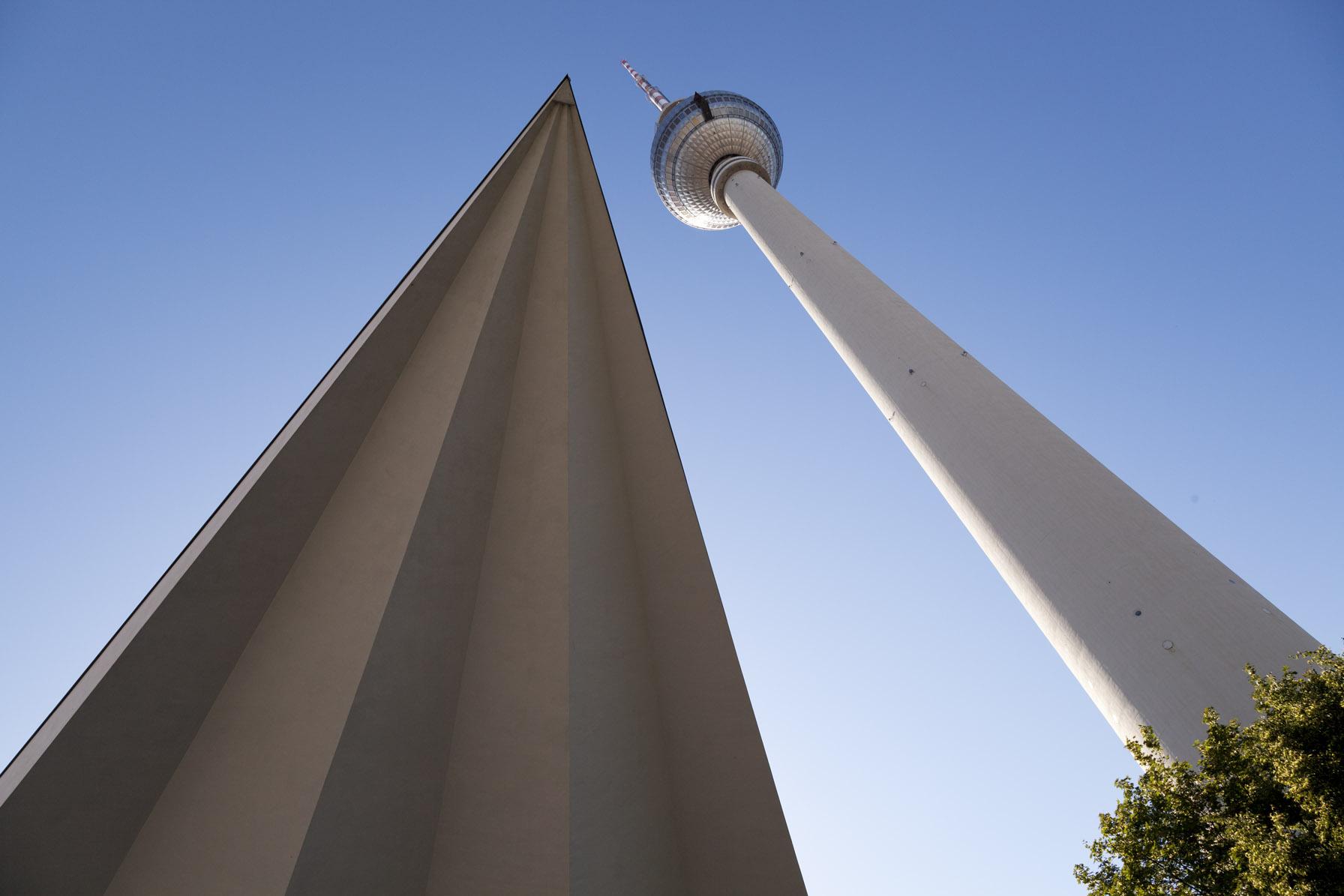
Take a hike
Start outside the magnificent, Baroque-style Berlin Cathedral (4) the city’s biggest Protestant church, whose crypt contains several tombs of members of the powerful Hohenzollern dynasty. Cross over the River Spree and you’ll find yourself on Berlin’s best known promenade, “Unter den Linden”, immortalised in the song by Marlene Dietrich. As the name suggests, it’s shaded by linden trees, and it’s also lined with historic buildings such as the Deutsches Historisches Museum (5) and the State Opera House (6).
Continue until you reach Pariser Platz and the Brandenburg Gate (2), completed in 1791, which has been the backdrop for many momentous occasions in the city’s history.
Walk underneath then turn right and bear left on to Scheidemannstrasse until you arrive at Platz der Republik and the Reichstag (7). In 1999 British architect Lord Foster transformed the building and added its impressive glass dome.
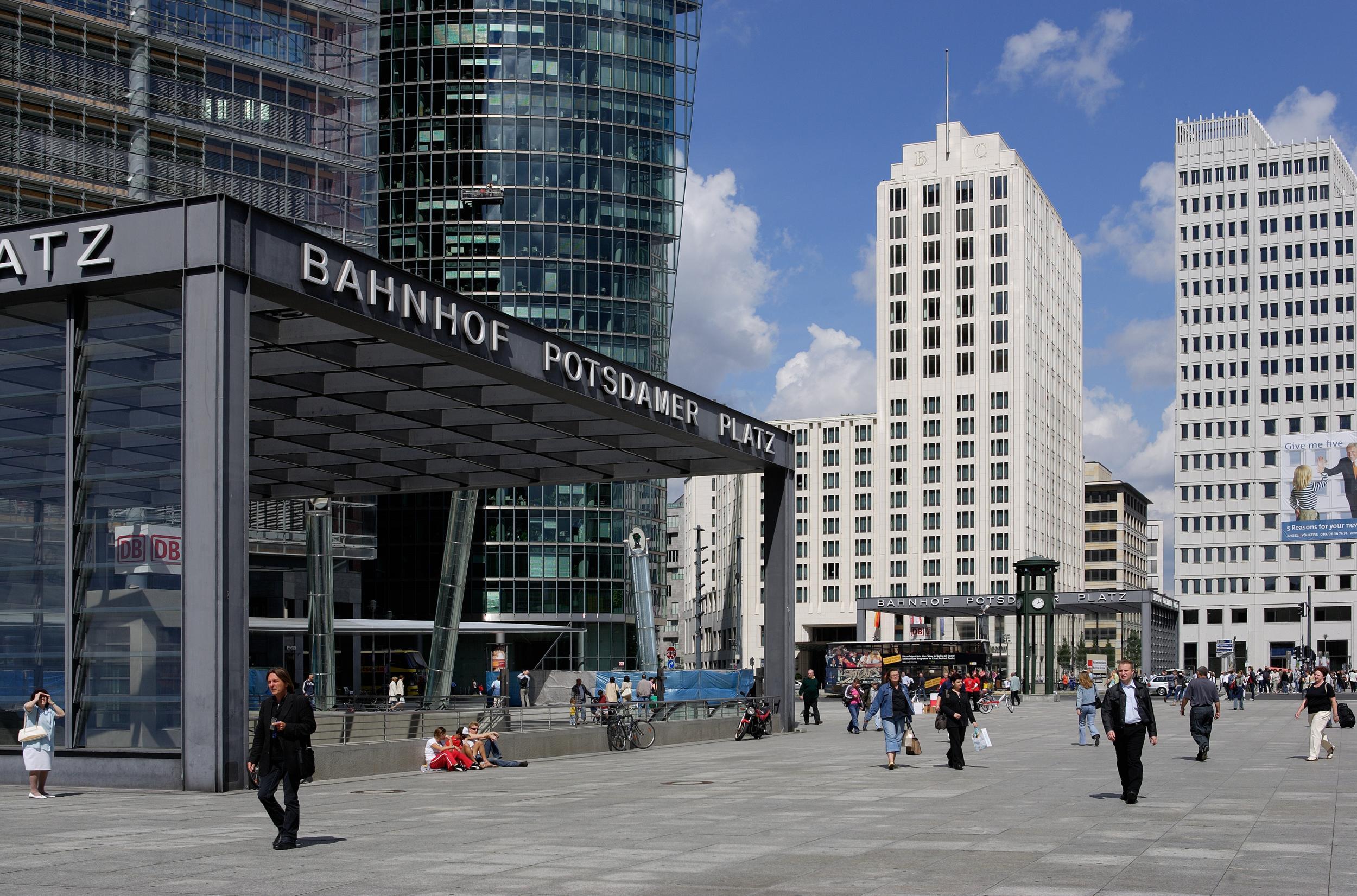
Retrace your steps past the Brandenburg Gate (2) and continue along Ebertstrasse; the Tiergarten (8) is on your left and to your right, the 2,711 concrete pillars of the Memorial to the Murdered Jews of Europe (9). Finish at the ultra-modern Potsdamer Platz (10) – once a bombed-out wasteland, it has been transformed since the fall of the wall, with glossy contemporary buildings and a shopping arcade.
Lunch on the run
Invented in Berlin in 1949, currywurst is the ultimate local fast food: steamed and fried pork sausage slathered in a sauce made with ketchup and curry powder. The best currywurst is a hotly debated topic, but Bier’s Kudamm195 (11) has had a loyal following since it opened in 1965 and still draws crowds (€3.20).
Window shopping
You can find all manner of shops, from chains to high-end international brands, on the Kürfurstendamm, remodelled in the 1870s to rival the Champs Elysees in Paris.
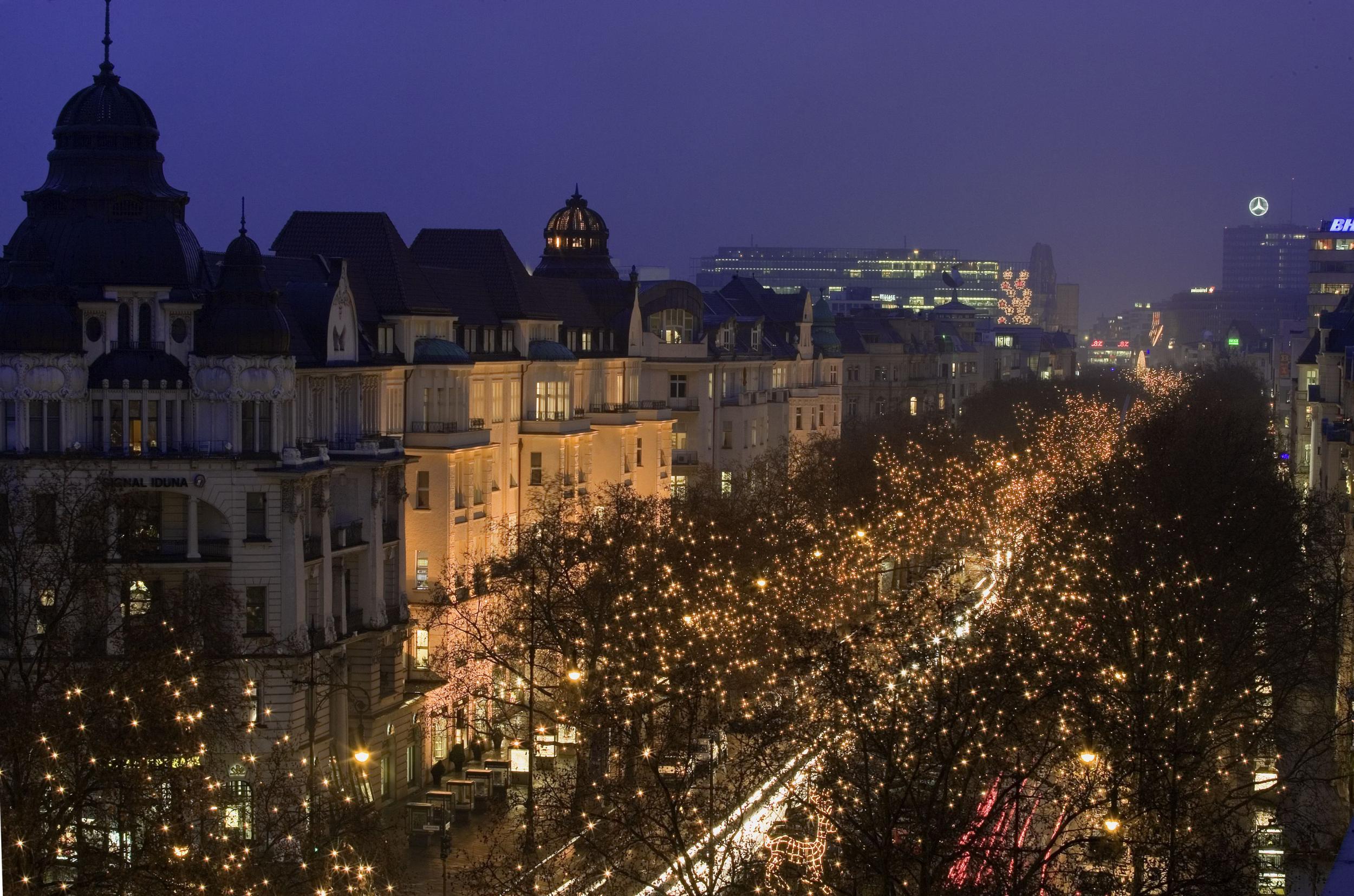
Opened in 1907, KaDeWe (12) is one of the city’s retail landmarks – don’t miss the gourmet shop on the 6th floor.
The nearby Bikini Berlin (13) is a West Berlin landmark built in 1957 by architects Paul Schwebes and Hans Schoszberger. It has been given a new lease of life as fashionable concept mall, with permanent and pop-up shops.
An aperitif
Set on the 10th floor of the 25Hours Hotel Bikini Berlin, in the Bikini building, the Monkey Bar (14) is one of the city’s hippest places for a pre-or post-dinner drink and has great views out over the zoo and Kaiser Wilhelm church from its floor-to-ceiling windows.
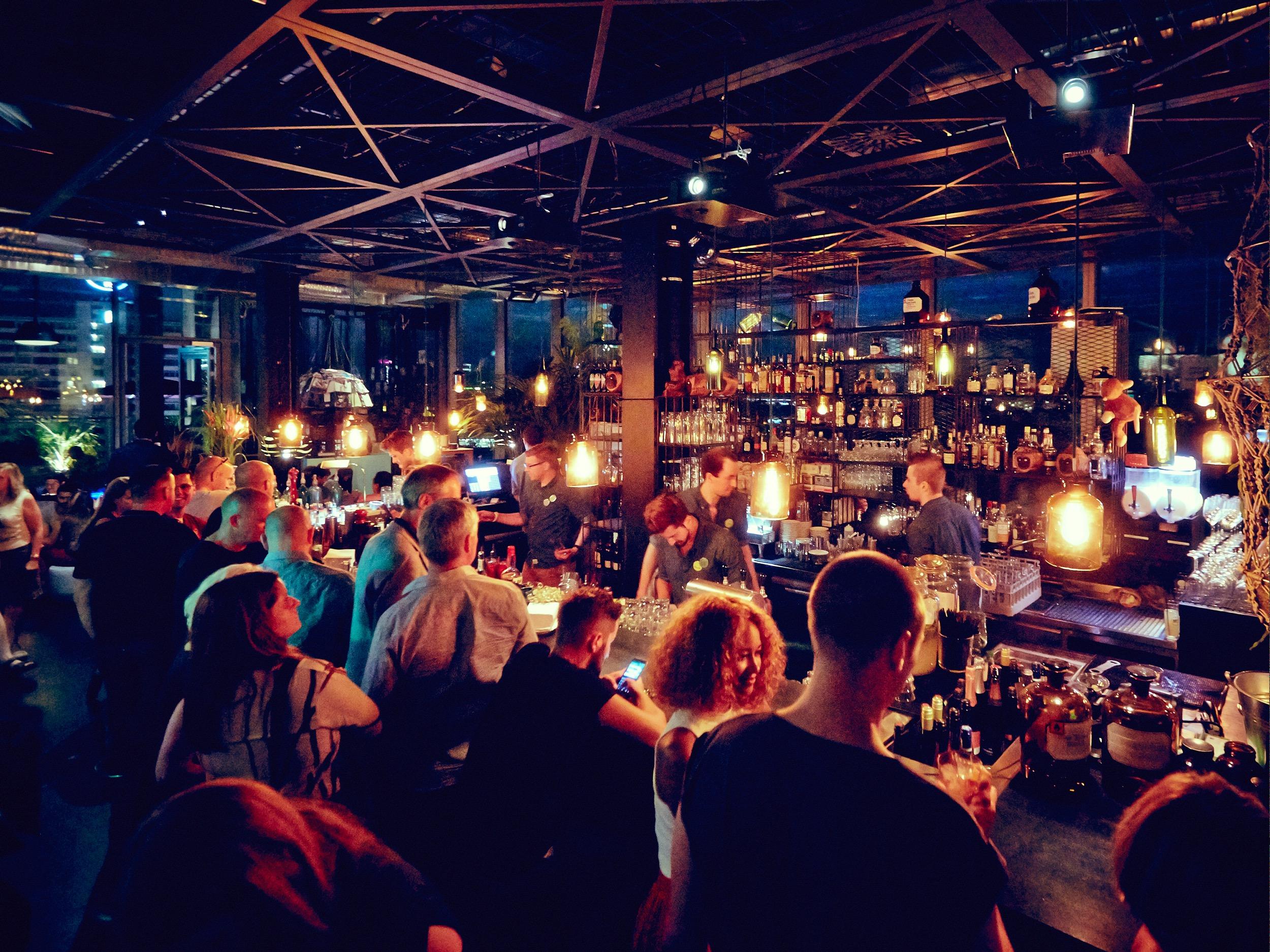
Dine with the locals
The brasserie-style Borchart (15) is where to come to spot the great and good of Berlin – be sure to book or you’ll have to join the never-ending queue. Wiener schnitzel served with potato salad and cranberry sauce is one of its specialties (€50).
The latest venture from two-star Michelin chef Tim Raue is Brasserie Colette (16), serving classic French fare like croque monsieur, steak frites and moules (€40 for two courses).
Day two
Sunday morning: Out to brunch
Brunch is something of a religion for Berliners. Although there are now more up-and-coming neighbourhoods, Kreuzberg remains one of the most boho and cosmopolitan parts of the city with a large Turkish community. Local hangout Le Bon (17) is the ideal place to tuck into eggs benedict. Brunch is served from 9.30am to 4pm on Saturday and Sunday. Booking advised.
A walk in the park
The abandoned Tempelhof airport (18) is one of the largest Fascist-built structures in Europe. Closed in 2008, this sprawling green expanse became Berlin’s newest and largest park in 2010 and was renamed Tempelhofer Feld.
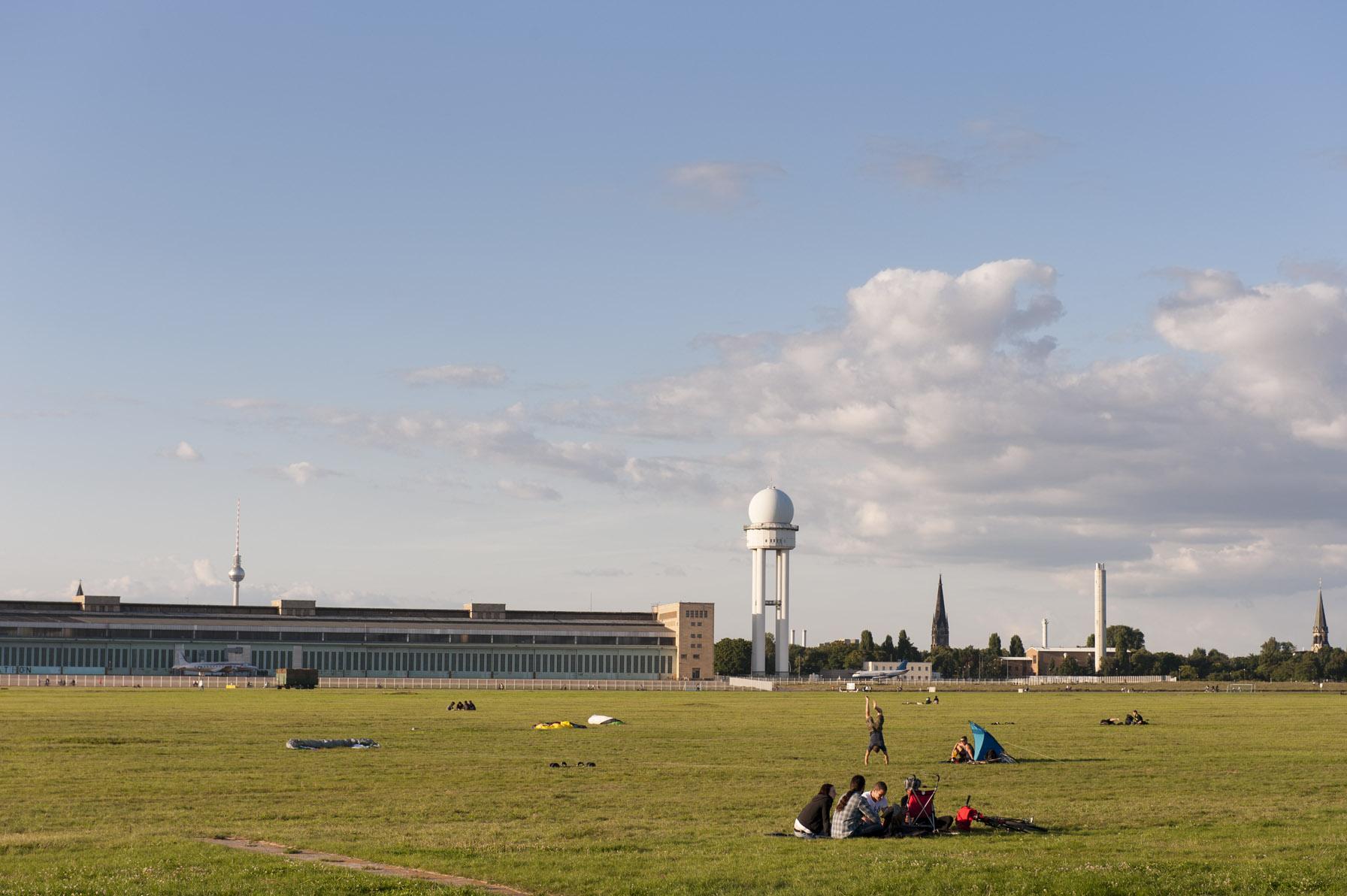
Cultural afternoon
Berlin is one of the great museum cities with over 180, from the celebrated to quirky.
There is no shortage of cultural riches on the Unesco World Heritage-listed Museum Island (19). This cluster of five of Berlin’s finest institutions, built between 1830 and 1930 on an island in the Spree, includes the restored Neues Museum, the Altes Museum, the Alte Nationalgalerie, the Bode Museum and the Pergamonmuseum.
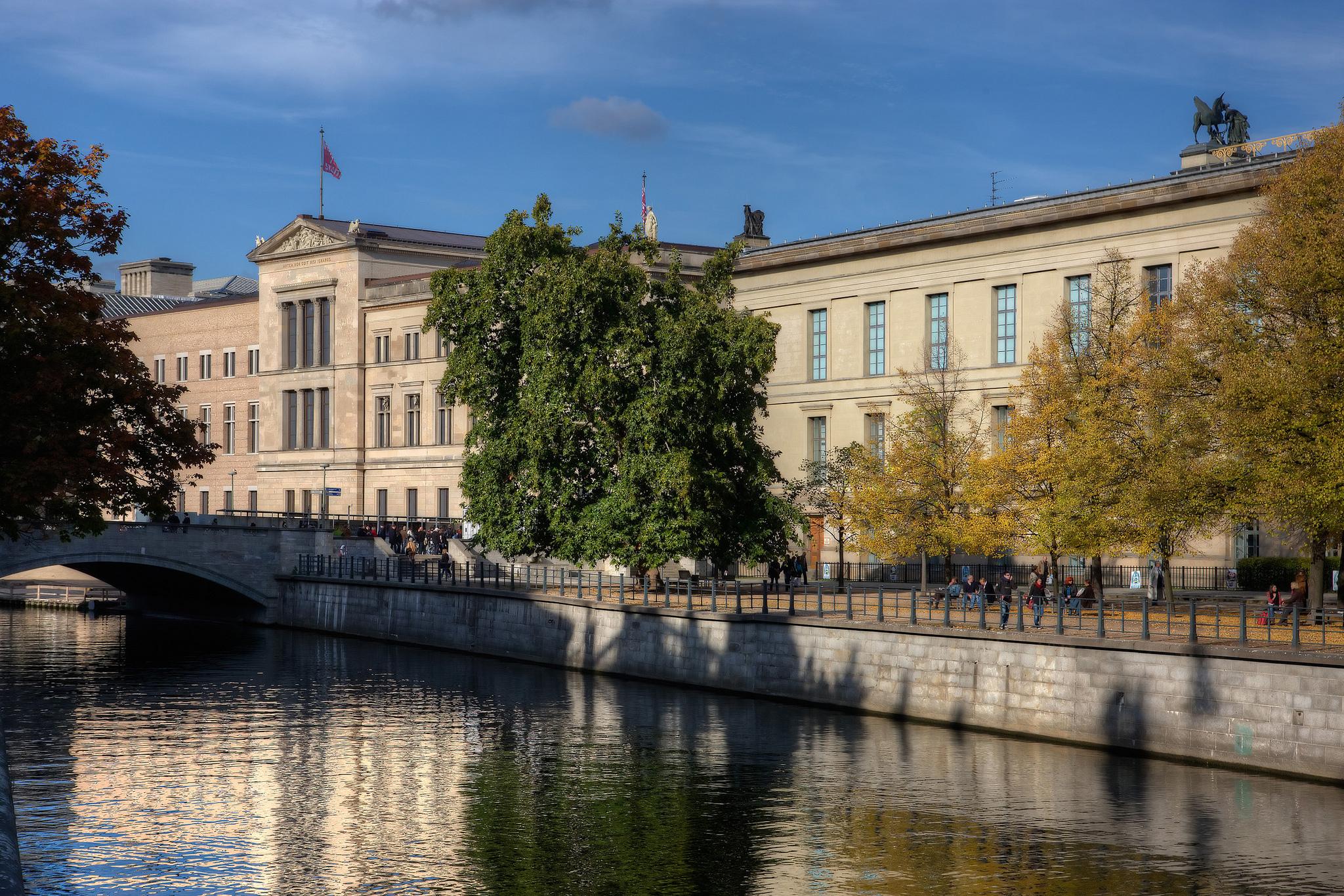
The latter’s most precious exhibit, the monumental Ancient Greek Pergamon Alter, dating from 2BC, is currently off limits due to ongoing renovation; the entire complex is being remodelled. Open Tuesday-Sunday 10am-6pm. Closed Monday. A day-pass to all five museums costs €18.
The icing on the cake
Must of the city shuts down on Sundays; do as the locals do and visit one of Berlin’s many flea markets. The Berliner Trödelmarkt (20), in the Tiergarten, is the largest with a trove of antique finds.
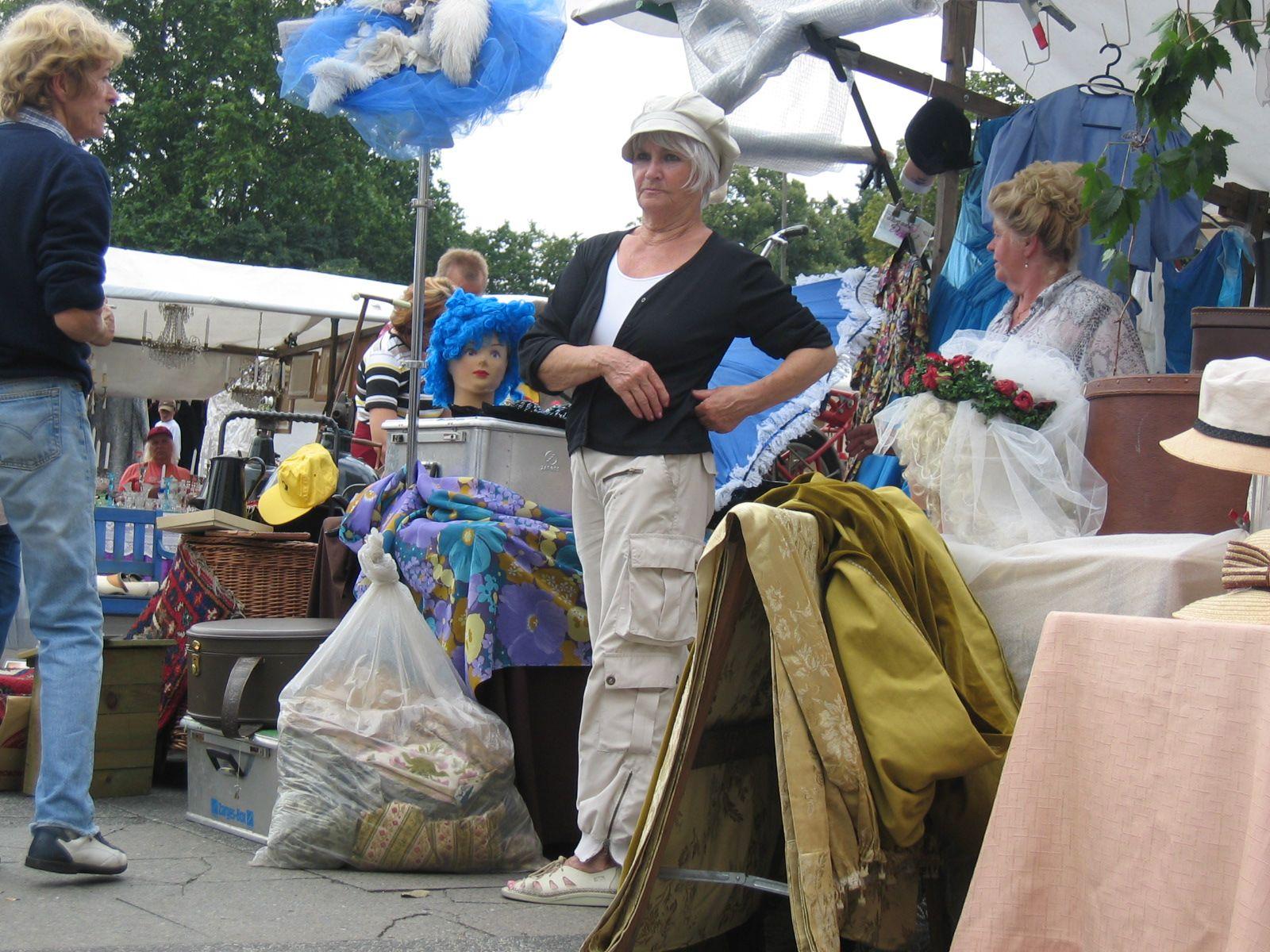
Travel essentials
Getting there
Until the controversial new Berlin Brandenburg airport is finished (reportedly at the end of 2017), the city’s two main airports are Tegel (21), 9km northwest of the centre, and Schönefeld (22), 24km south east.
From the UK, Tegel is served by Flybe, BA and Germanwings, while Schönefeld is served by Ryanair, easyJet, Jet2 and Norwegian.
From Tegel, the X9 bus to Zoo station (23) takes 20 minutes; the TXL bus to Alexanderplatz (24) about 30 minutes. A taxi takes roughly 15 minutes (around €20).
From Schönefeld, take the train: Deutsche Bahn’s Airport Express runs every 30 minutes and takes around half an hour to reach Berlin Hauptbahnhof (25) (central station), while a taxi costs around €45 and takes about 40 minutes.
Staying there
A former Bauhaus department store in Mitte is the backdrop for the enduringly fashionable Soho House Berlin (26). It’s done out in the group’s signature style – Damien Hirst spray-painted one of his sharks on a wall in reception. Doubles from €210, room only.
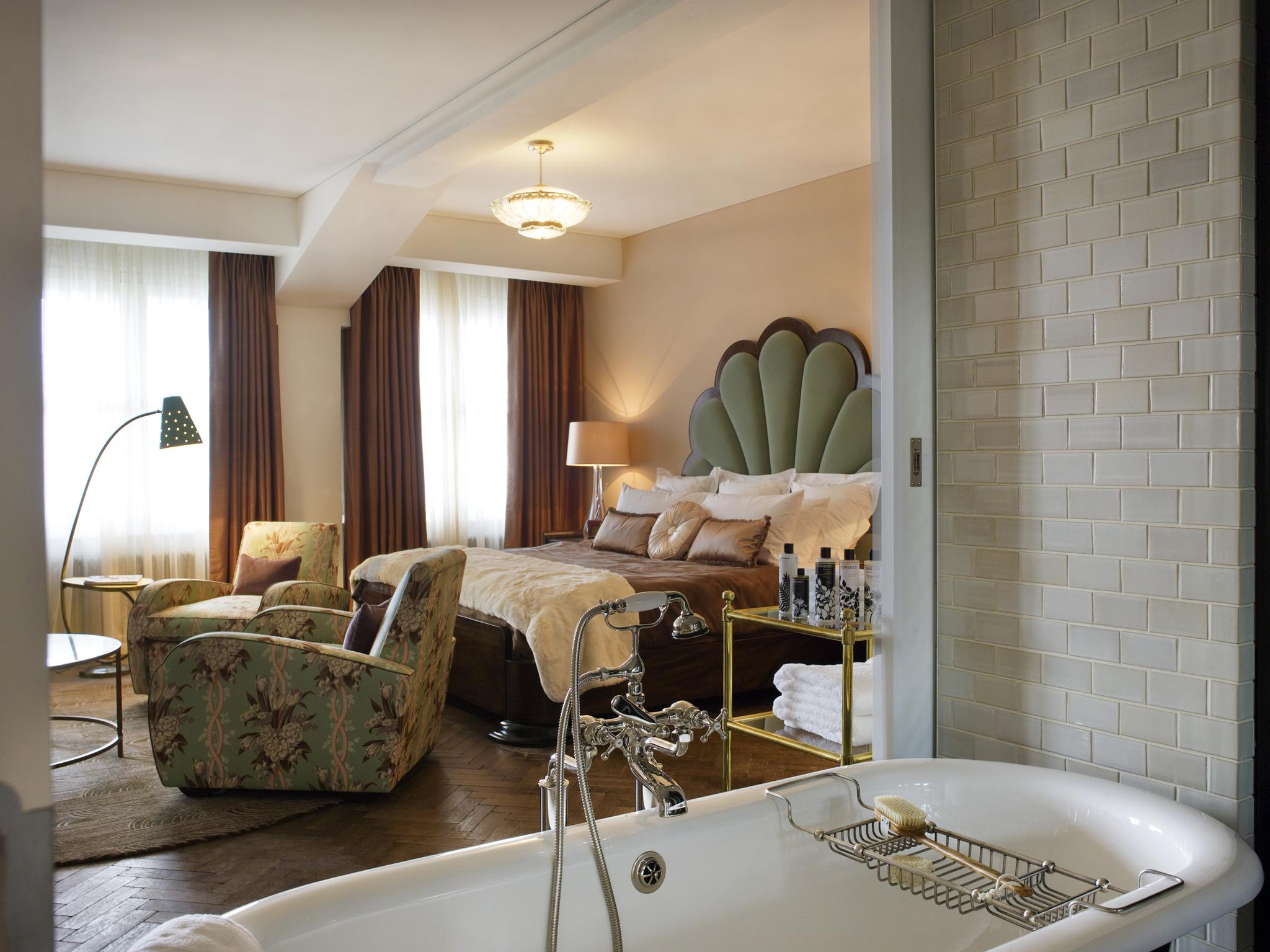
Sir Savigny (27) is one of the newest arrivals on the Berlin hotel scene, a 44-room hotel set in a building dating from 1893 in the genteel neighbourhood of Charlottenberg. Doubles from €150, room only.
Neukölln is another one of the city’s hipster enclaves and the presence of the Hüttenpalast (28) is testament to its on-trend credentials. You can stay in retro caravans and cabins within this former vacuum cleaner factory, or opt for one of six hotel rooms. Cabins from €69 per night, room only.
Click here to view German tours and holidays, with Independent Holidays.
Join our commenting forum
Join thought-provoking conversations, follow other Independent readers and see their replies
Comments